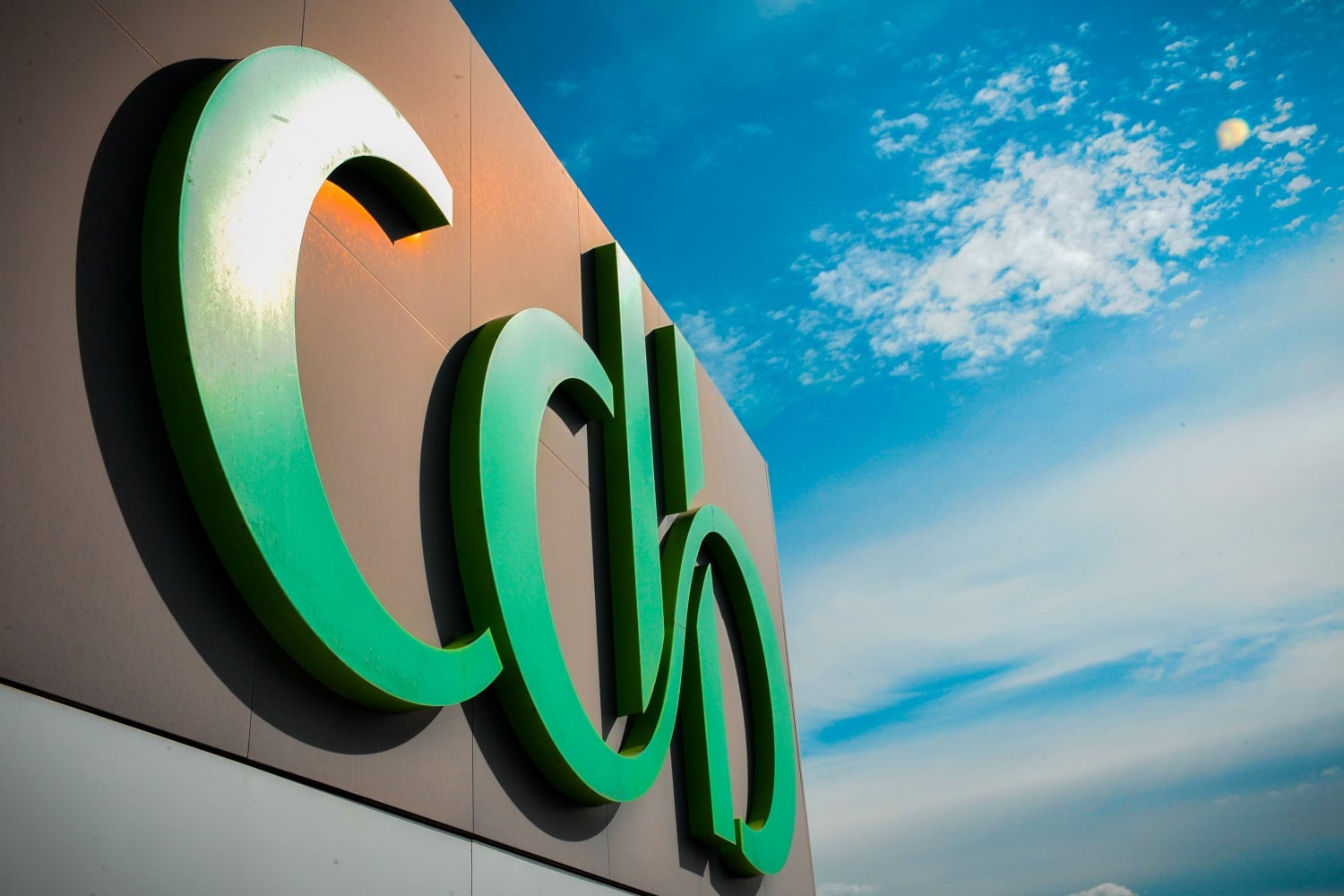Profit drops amid rising costs
The Cyprus Development Bank (cdbbank) on Monday released its financial results for 2024, posting a profit after tax of €4.09 million.
This represents a decline of approximately 41 per cent year-on-year, from the figure of €6.96m recorded in 2023.
The bank recorded a total net income of €22.8 million, representing a 9 per cent decrease compared to €25.2m in 2023.
This was mainly attributed to a sharp rise in interest expenses, which offset a 6 per cent year-on-year increase in interest income.
Net interest income fell by 12 per cent, from €21.8m in 2023 to €19.1m in 2024.
Interest expenses surged by 192 per cent, reaching €6.2m, up from €2.1m in the previous year.
This rise was driven by a 220 per cent increase in the cost of deposits and a 150 per cent increase in interest payable on loan capital, which included payments on the Perpetual Unsecured Subordinated Note.
Moreover, the group’s net interest margin narrowed to 3.44 per cent, down from 4.06 per cent in 2023, while average interest-earning assets remained broadly stable.
The report also noted that the bank maintains operations through its head office and two branches in Nicosia and Limassol.
Viability and capital strength
The report also includes financial statements, prepared by the bank’s directors and management, on a going concern basis, affirming confidence in the company’s ability to continue operating for at least 12 months following the report’s approval.
This conclusion followed a comprehensive internal assessment that considered the conditions in 2024 and developments up to the date of approval of the financial statements.
In assessing the bank’s ongoing viability, management reviewed a range of financial projections, including profitability, liquidity, capital requirements, and resource levels.
These forecasts were embedded in the approved 2025 budget and financial projections for 2026, which form part of the broader 2025–2027 business plan.
The report mentioned that the business strategy was stress-tested with conservative economic assumptions and downside risk scenarios, including potential negative impacts such as deposit outflows, increased risk weights, reduced margins, and higher funding costs.
Special focus was given to macroeconomic uncertainty, evolving non-performing exposures (NPEs), and their potential implications for future profitability, liquidity, and capital adequacy.
Capital adequacy, regulatory buffers
As of December 31, 2024, the bank’s Common Equity Tier 1 (CET1) ratio stood at 22.25 per cent, significantly exceeding the minimum regulatory requirement of 11.09 per cent by 11.16 percentage points.
The overall Capital Ratio (OCR) reached 27.38 per cent, 10.38 percentage points above the 17 per cent regulatory minimum.
According to the bank’s projections for 2025 and 2026, approved in March 2025, capital ratios are expected to remain well above all applicable regulatory thresholds, including Pillar 2 Guidance and MREL (Minimum Requirement for Own Funds and Eligible Liabilities).
Liquidity coverage, deposit base
Liquidity remained a key strength in 2024, the report stated. The group’s Liquidity Coverage Ratio (LCR) stood at 348 per cent, far exceeding the 100 per cent minimum regulatory threshold.
The report showed that the bank has a liquidity surplus of €277m.
In addition, the report confirmed that regulatory liquidity compliance is expected throughout the going concern assessment period.
Customer deposits rose by 12 per cent year-on-year, reaching €549m as of year-end 2024.
Following successive increases in the cost of deposits during the first three quarters, a downward trend was observed in the final quarter of the year, and a continued decline is anticipated through 2025 as deposit maturities are repriced at lower rates.
NPEs, strategic transformation, compliance
The effective reduction of NPEs remains a top priority, the bank said. During 2024, NPEs fell by 9 per cent, from €41.2m to €37.7m, while the NPE ratio improved to 17.7 per cent, down from 19.6 per cent in 2023.
A new NPE Plan for 2025–2027 outlines an action-based resolution strategy for each exposure, with the aim of accelerating recoveries.
The plan targets a 34 per cent reduction in NPEs by the end of 2025, aiming to bring total NPEs down to €25m solely through organic means.
The bank also said that it continues to pursue its medium-term strategic priorities, centred on strengthening the balance sheet, enhancing asset quality, and increasing operating profitability through prudent loan portfolio growth.
It reported that new lending reached €34m in 2024, marking a 152 per cent increase from €13.5m the previous year.
Performing loans and advances stood at €175m at year-end, a 4 per cent increase year-on-year.
During 2024, the bank also completed an independent review of its loan origination process, resulting in a reorganisation of the business division to improve efficiency and service quality, completed in the first quarter of 2025.
With roughly 80 per cent of the loan book indexed to Euribor, the bank benefited from interest rate rises in recent years.
However, in anticipation of falling interest rates, the bank is taking measures to mitigate the impact, including prudent investment in fixed-rate bonds and tighter control over deposit costs.
In terms of risk management and compliance, the report stated that both remain central to the bank’s operational resilience.
As of year-end 2024, the group’s MREL ratio stood at 23.88 per cent, well above the regulatory requirement of 16.00 per cent.
The leverage ratio was also strong at 8.39 per cent, exceeding the 4.25 per cent requirement.
“The group continues to invest in upgrading its technological infrastructure and systems that support the implementation of its business strategy,” the bank said.
“Key actions include modular upgrades to the core banking system and introduction of peripheral systems to enhance automation of processes,” it added.
“At the same time the group is committed to maintaining and enhancing its organisational resilience, supported by robust corporate governance that is aligned with the group’s strategic priorities,” it concluded.







Click here to change your cookie preferences